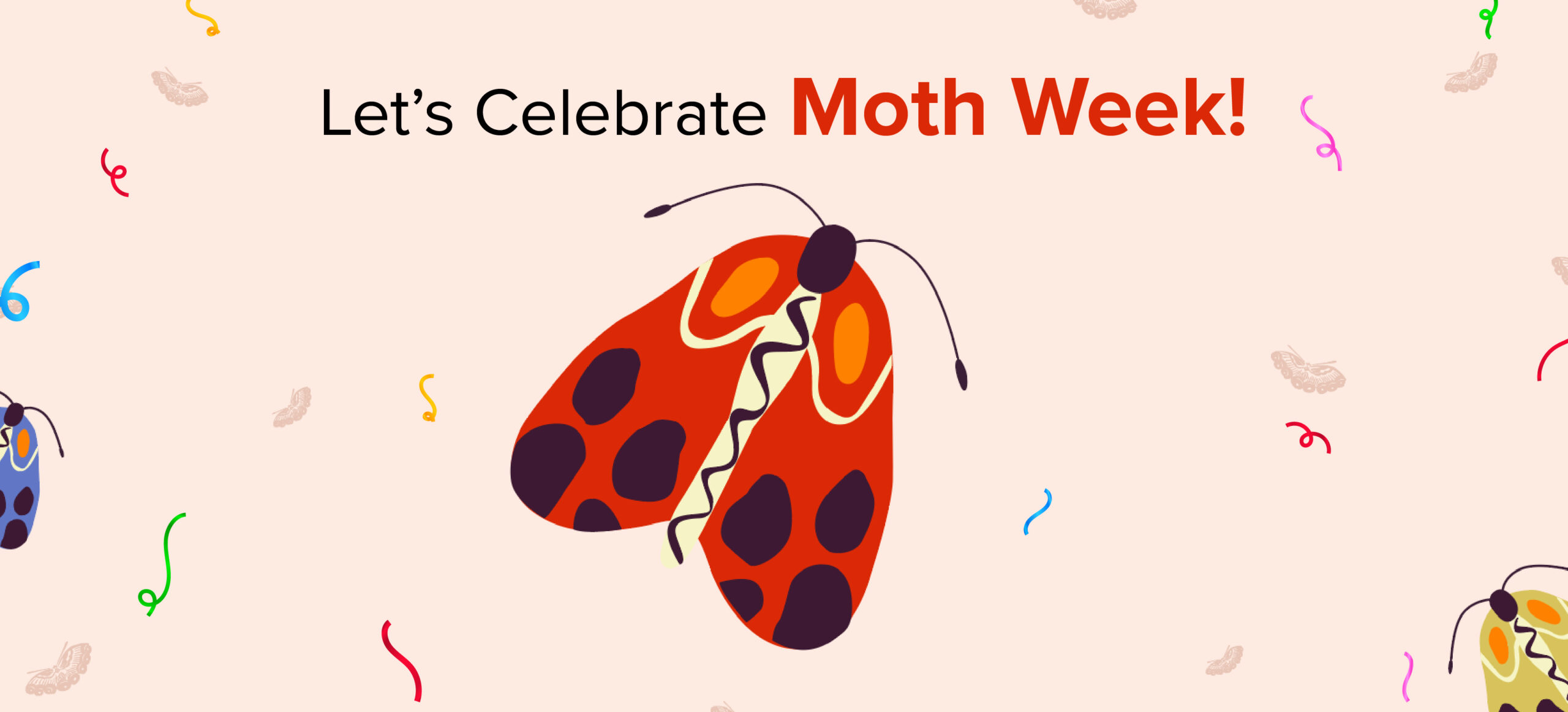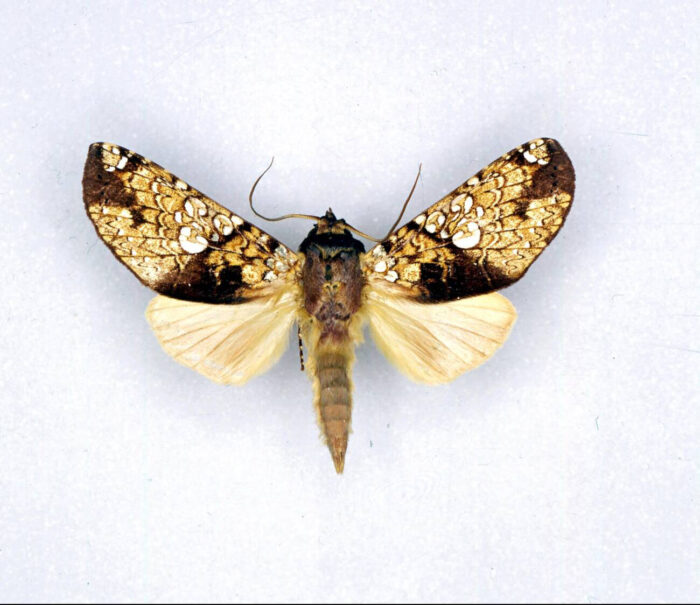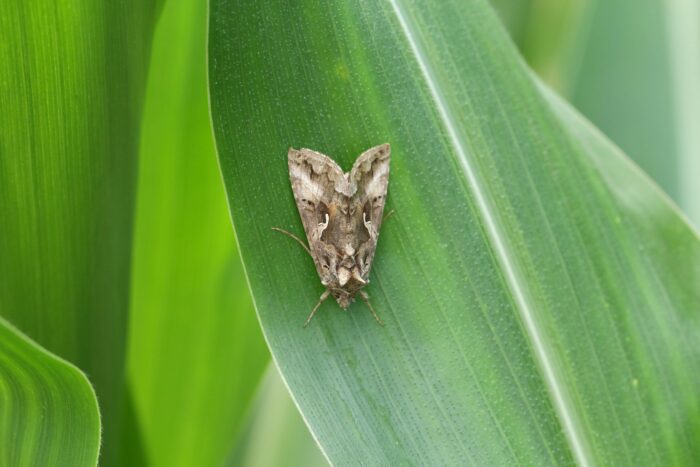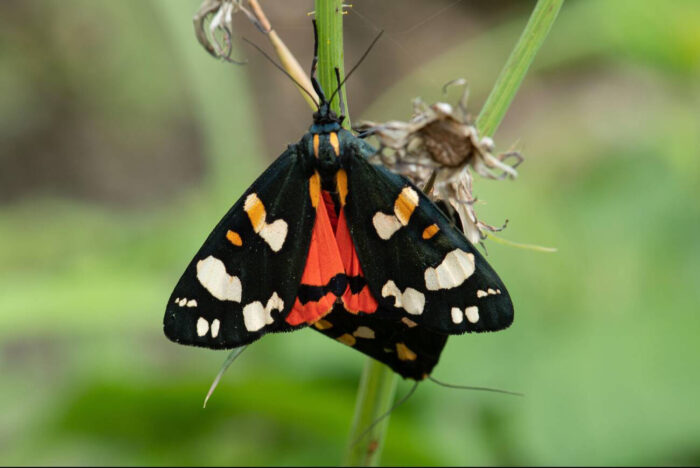
Moth Week is upon us! Moths aren’t just the boring cousins of their more famous cousins, the butterflies, but are fascinating creatures that come in all shapes, sizes, and colours. On top of this, they are extremely important to the ecology as they make for important pollinators. In fact, being boring is probably the last thing you’d say about them after you get to know them a little.
Some People are “Moth-ers”
“Moth-ers” of all ages and abilities are encouraged to learn about, observe, and document moths in their backyards, parks, and neighbourhoods. These moth enthusiasts use a variety of tricks to attract moths to them, such as using a light source. Aside from these, there are many other ways moth enthusiasts manage the job.
Moths are attracted to light bulbs

To see a greater diversity of moths in an area, enthusiasts use a black light and a collecting sheet, or even a mercury vapour light. Some moths may not be attracted to the light but can’t resist a mixture of fermenting sweets. A recipe using ripe bananas, molasses, and stale beer is known to do the job, where it is painted on tree trunks to attract our winged friends.
Some moths do not have mouths
In an interesting twist, some moths don’t have mouths. This is because they reach adulthood quite early and as they emerge from their cocoons, they are ready to mate. Since their purpose is to mate, they don’t live very long and easily the energy required from what they stored as caterpillars. As they don’t need to eat, there isn’t any need for a mouth either! The mouthless luna moth that lives just a few days as an adult is one of the best examples.
But a lot of them get eaten

Moths and caterpillars are rich in protein and serve as nutrition for many kinds of animals. Birds, bats, frogs, lizards, small mammals, and even humans in some parts of the world consume them as food.
Moths have evolved to use different techniques to avoid being eaten. Some mimic nature, such as caterpillars that look like twigs and adult moths that blend in with tree bark, whereas others use “startle markings.” These are tricks that distract or startle the predator, for example, the underwing moth flashes brightly coloured hindwings to distract pursuing predators, and tiger moths create an ultrasonic clicking sound that confuses sonar-guided bats.
They come in all shapes and sizes
Moths truly span the spectrum when it comes to sizes. An undescribed species collected in Africa has a wingspan of just 2 mm and is likely the smallest moth of all! On the other hand, the white witch moth, a neotropical species, has a wingspan that reaches up to 28 cm! Ifyou were wondering, that is roughly the size of a 12 inch large pizza!
Moths outnumber butterflies by a 9 to 1 Ratio

Did you know that butterflies and moths belong to the same order called Lepidoptera? But the majority of this order is made of moths and not butterflies.Over 135,000 different species of moths have already been discovered and scientists estimate there are at least 100,000 to half a million more species still undiscovered! Although moths are nocturnal, many of them fly in daylight and are often mistaken for butterflies.
Male moths have a great sense of smell
Insects smell by detecting chemical cues in the environment which are called chemoreception. These cues are received by moths via highly sensitive receptors on their antennae. Male moths have extra powerful receptors due to their feathery antennae with ample surface area that lets them grab the chemical molecules from the air around them and detect what it is.
Moth Week is celebrated in the last full week of July to celebrate the beauty, life cycles, and habitats of moths everywhere. Let’s join the celebrations and spread some awareness about these uniquely beautiful creatures!
Did you like knowing about insects and the animal kingdom? Check out more articles like this below!
Why Do Some Plants Eat Insects?
Adrija is a writer, dancer, and artist, who loves to learn (about everything). She has grown up in many places and still carries a big love for all things travel and culture. Adrija loves fantasy, science-fiction and anything that transports her to magical worlds. Her favourite books include Harry Potter and The Hitchhiker’s Guide to the Galaxy. She’s always on the lookout for cute animals to pet, places to explore, and good humans to share stories, laughter, and joy with.